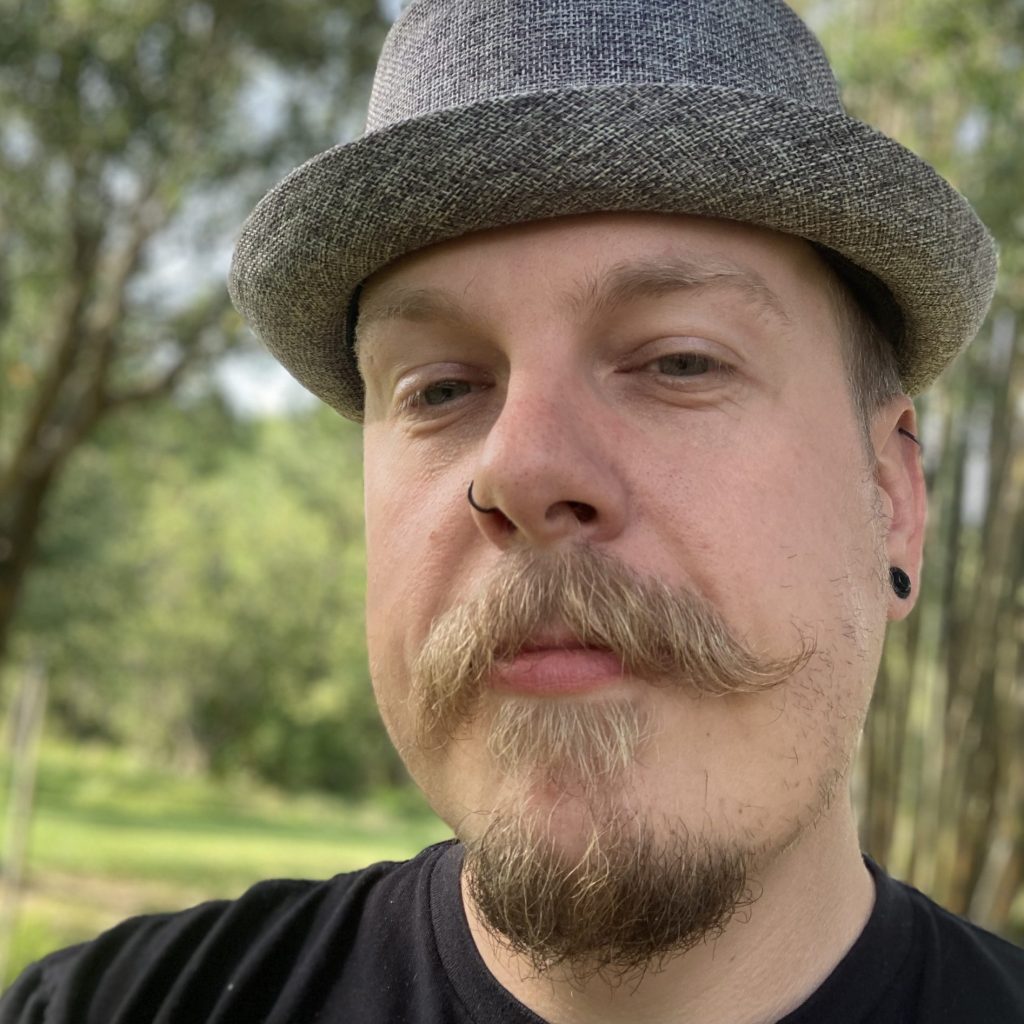Podcast: Play in new window | Download
Subscribe: Apple Podcasts | RSS

Welcome, Leigh Brady!
- Leigh got his start working in different companies in the US as young engineer from the UK as part of the Mutual Defense Agreement
- Throughout the episode we explored different themes
- Specialist vs Generalist
- US vs UK hiring
- Big vs small companies
- Defense vs Industrial companies
- UK Apprenticeship
- V curve
- System engineering
- Deriving requirements
- What is the atomic unit of a system engineer?
- F35/JSF
- Lockheed IRAD – Internal Research and Development
- Sandia National Labs
- FPGAs in defense / space
- “It’s always cosmic rays”
- Single Event Upsets
- “Triple modular redundancy” is so commonplace in designs there are now buttons in CAD to generate the logic to triplicate a circuit and have the 3 units “vote”
- Bleeding edge FPGA tools vs open toolchain
- Chris recalls Xilnx ISE with F16 on the CDs
- Long term supply contracts
- Jumping the line with defense companies in the US – “DPAS – defense priorities and allocation system“
- Big vs small
- Leigh is now back in a big company
- When should an engineer target a big vs a small company in their career?
- Training / Budgets / Sampling are better at big companies.
- Mentorship
- Phillip Salmany (Phil’s Lab) talked about the difficulties finding mentors as a young engineer out on his own.
- UK Chartered Engineer
- PE / EIT vs Chartered
- Leigh worked on nuclear weapons at a past company in the UK
- It is, unsurprisingly, a heavily regulated industry.
- IEC61508
- Part of the job is verifying non-proliferation among other countries
- Nuclear deterrant
- Chris referenced a Ukraine treaty where they gave up their nuclear weapons and ambitions, co-signed by the US, UK, and … Russia. This was the 1994 Budapest Memorandum.
- Russia control room story about not firing when they detected launches from the US. It’s widely believed that Stanislov Petrov prevented a Nuclear war
- There are never active nuclear tests anymore (good), so the majority of work revolves around testing and modeling
- Is there a “better moustrap”?
- What does it look like when new requirements come down from the gov’t?
- Did Leigh wear a white lab coat?
- We were introduced by former guest Carmen Parisi, who worked with Leigh at Wasatch Photonics
- Optics have tight timing requirements, especially around the image sensor.
- Leigh is now working on medical devices at Phillips.
- Medical isn’t as slow as Chris thought, nor is FDA planning as dreadful as Chris thought.
- “Trust but verify” on part specs
- Mapping past experiences into new job
- Chris mentioned the discussions with Charles Aylward about not having any control mechanisms or backup as a consultant.
- Leigh said there are certain scenarios where a solo consultant won’t be a good fit and that “Two people working in a team are worth three”
- You can reach Leigh on LinkedIn and elsewhere on the web as Engineer Leigh
